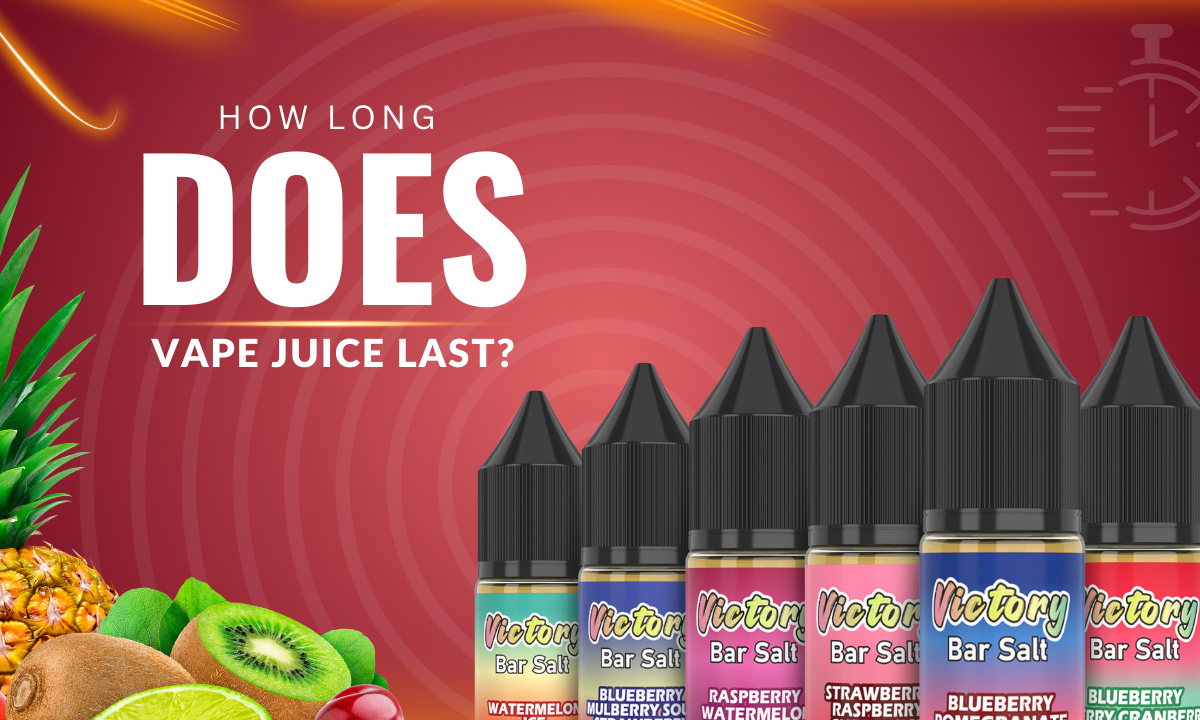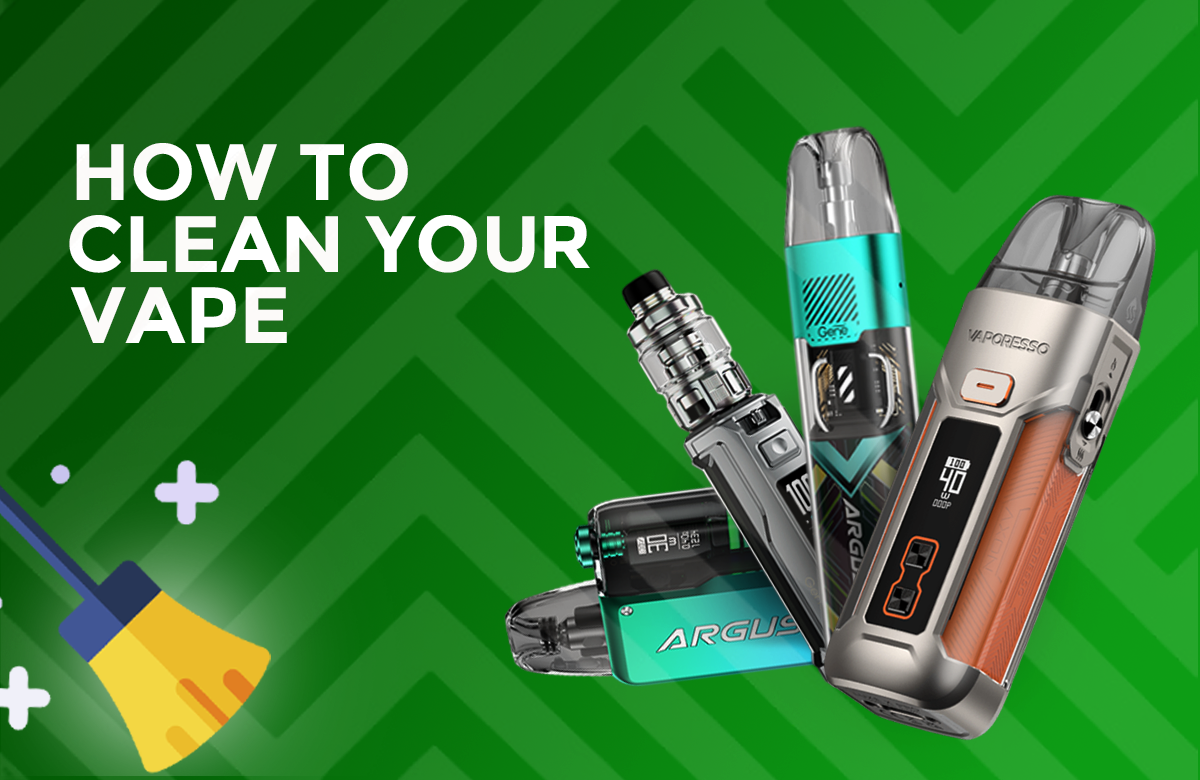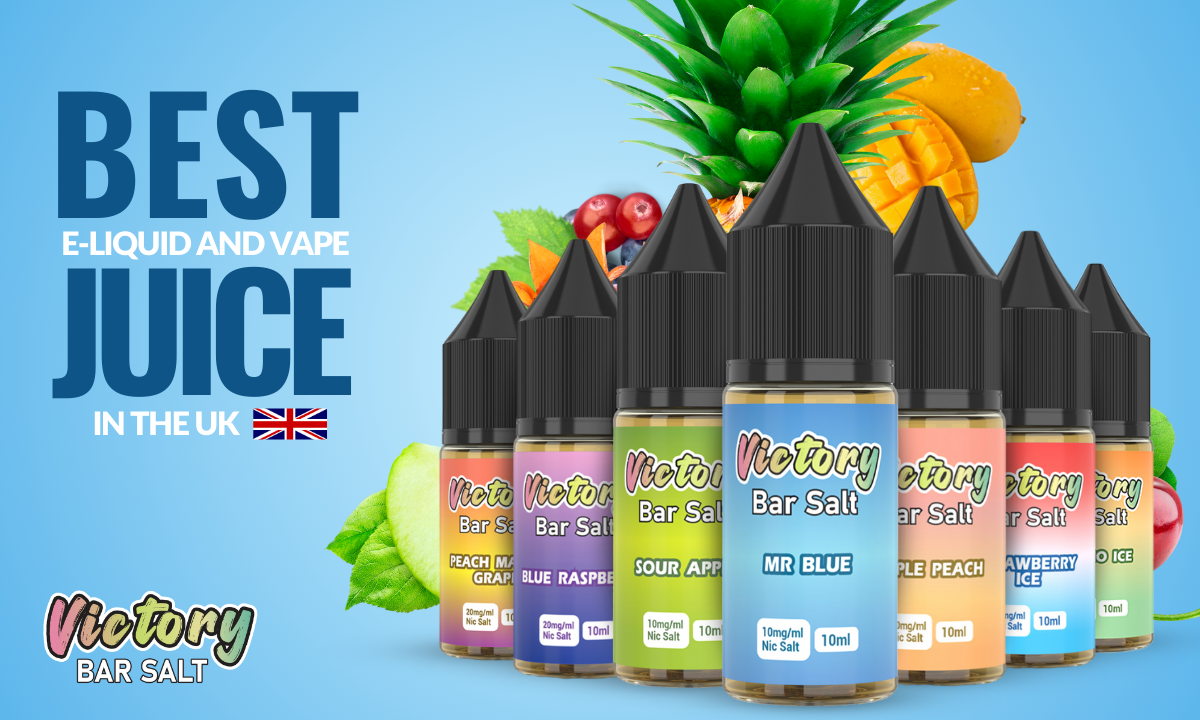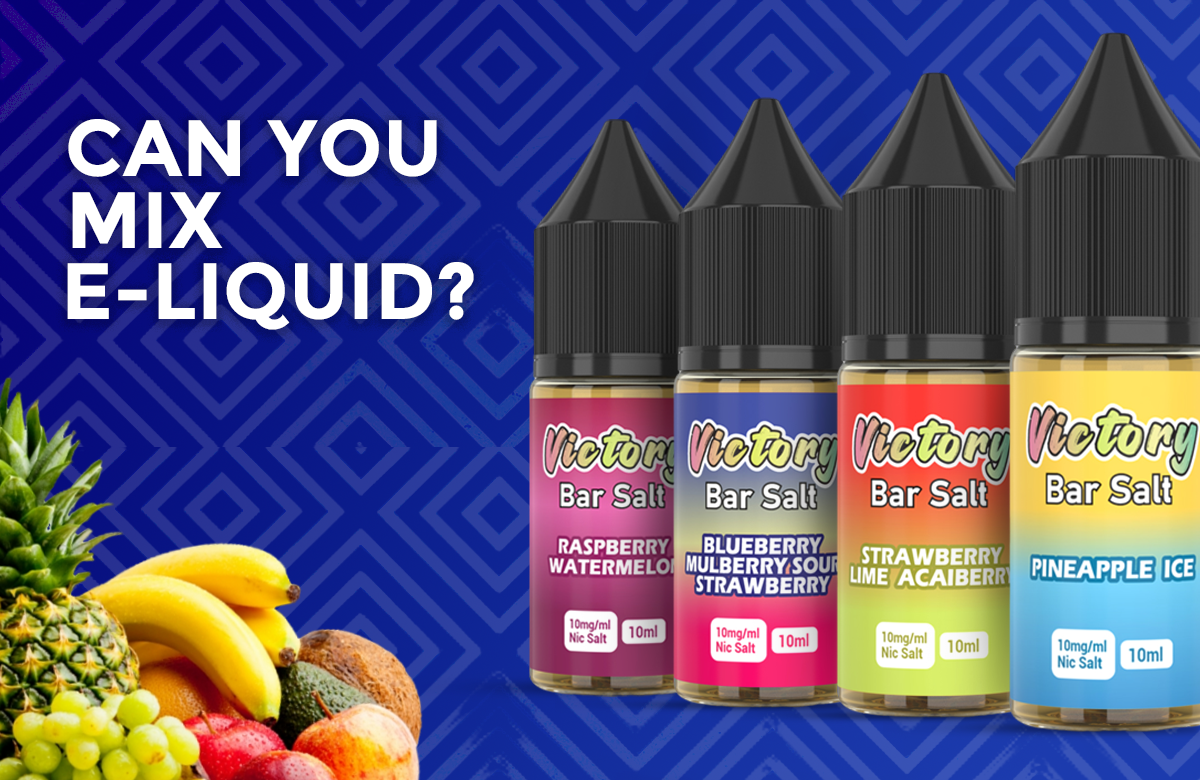Understanding the lifespan of e-liquids is an essential part of the vaping journey. In this complete guide, we’ll delve into e-liquid expiration, equipping you with the knowledge to make informed decisions and elevate your vaping experience.
Understanding Expiration Dates on E-Liquid Bottles
Expiration dates emblazoned on e-liquid bottles serve as a roadmap, outlining the period during which the liquid is considered to be at its peak quality and flavour. Manufacturers meticulously curate these dates to uphold standards of freshness and power, providing optimal vaping experiences for consumers.
Solving the Implications of Vaping Expired E-Liquid
While the notion of vaping expired e-liquid may initially raise concern, it’s important to dispel misconceptions and provide reassurance. While flavour degradation and diminished vapour production are common, scientific evidence indicating adverse health effects remains scant. However, prioritizing freshness remains paramount to extracting maximum enjoyment from your vaping sessions.
Factors Influencing E-Liquid Degradation
E-liquid degradation is a multifaceted process influenced by various environmental factors. Heat, light, and air exposure accelerate chemical reactions within the liquid, leading to flavor profile and consistency alterations. Additionally, the presence of nicotine and other ingredients may exacerbate degradation, necessitating vigilant storage practices to preserve quality.
Strategies for Effective E-Liquid Storage
Preserving e-liquid integrity hinges upon diligent storage practices designed to mitigate degradation risks. Shielding bottles from direct sunlight, maintaining a consistent temperature, and ensuring airtight seals are fundamental strategies to uphold freshness. Furthermore, storing e-liquid in a relaxed, dark environment minimizes exposure to environmental stressors, prolongs shelf life, and preserves flavour potency.
Exploring Alternatives to Disposing of Expired E-Liquid
Rather than relegating expired e-liquids to the waste bin, consider alternative avenues for repurposing and recycling. Expired e-liquid can be a valuable resource for DIY enthusiasts, providing an opportunity to experiment with custom flavour blends and formulations. Furthermore, repurposing e-liquid bottles for storage or crafting projects minimizes environmental impact, fostering sustainability within the vaping community.
Valuing Long-Term Effects of Vaping Expired E-Liquid
While immediate health risks associated with vaping expired e-liquid are minimal, prolonged exposure may compromise vaping satisfaction and overall enjoyment. Over time, flavour degradation and reduced vapour production may diminish the quality of the vaping experience, necessitating periodic assessment and replenishment of e-liquid supplies.
Incorporating Sustainability Practices in Vaping Habits
By promoting sustainability within the vaping community, you are not just adopting eco-conscious practices but also becoming a part of a larger movement. From responsible disposal of e-liquid bottles to recycling of vaping hardware, your conscientious choices contribute to a greener, more sustainable vaping culture. By prioritizing environmental stewardship, you can enjoy guilt-free vaping experiences while championing eco-friendly initiatives.
In Conclusion
Navigating the complexities of e-liquid expiration necessitates a nuanced understanding of degradation mechanisms and proactive mitigation strategies. By prioritizing freshness, implementing effective storage practices, and embracing sustainability, vapers can embark on a journey of flavorful vaping experiences while promoting environmental responsibility within the community.
Frequently Asked Questions (FAQs)
Does e-liquid have an expiration date?
Yes, e-liquid typically comes with expiration dates or best-before dates provided by manufacturers. While vaping has expired, e-liquid may not pose immediate health risks; adhering to these dates for optimal flavour and quality is advisable.
Can you vape expired e-liquid?
While vaping expired e-liquid may not be inherently dangerous, flavour degradation and reduced vapour production are common occurrences. To ensure an enjoyable vaping experience, it’s best to use e-liquid within its recommended shelf life.
What factors contribute to e-liquid degradation?
E-liquid degradation is influenced by various environmental factors, including exposure to heat, light, and air. Additionally, nicotine and other ingredients may expedite degradation, necessitating careful storage to maintain freshness.
How should I store e-liquid to prolong its shelf life?
To preserve e-liquid integrity, store bottles in a cool, dark place away from direct sunlight and temperature fluctuations. Ensure airtight seals and minimize exposure to air to mitigate degradation risks effectively.
What are the long-term effects of vaping expired e-liquid?
While immediate health risks are minimal, prolonged exposure to expired e-liquid may lead to diminished flavour quality and vapour production. Periodic assessment and replenishment of e-liquid supplies are recommended to maintain vaping satisfaction.
How can I dispose of expired e-liquid responsibly?
To minimize environmental impact, recycle e-liquid bottles through household waste channels after ensuring they are cleaned of any residual liquid. Additionally, consider repurposing e-liquid bottles for storage or recycling vaping hardware through designated programs.
Can I repurpose expired e-liquid for DIY projects?
Expired e-liquid can be a valuable resource for DIY enthusiasts crafting custom flavour blends and formulations. By repurposing e-liquid creatively, vapers can explore new avenues of flavour experimentation while reducing waste.








Leave a comment